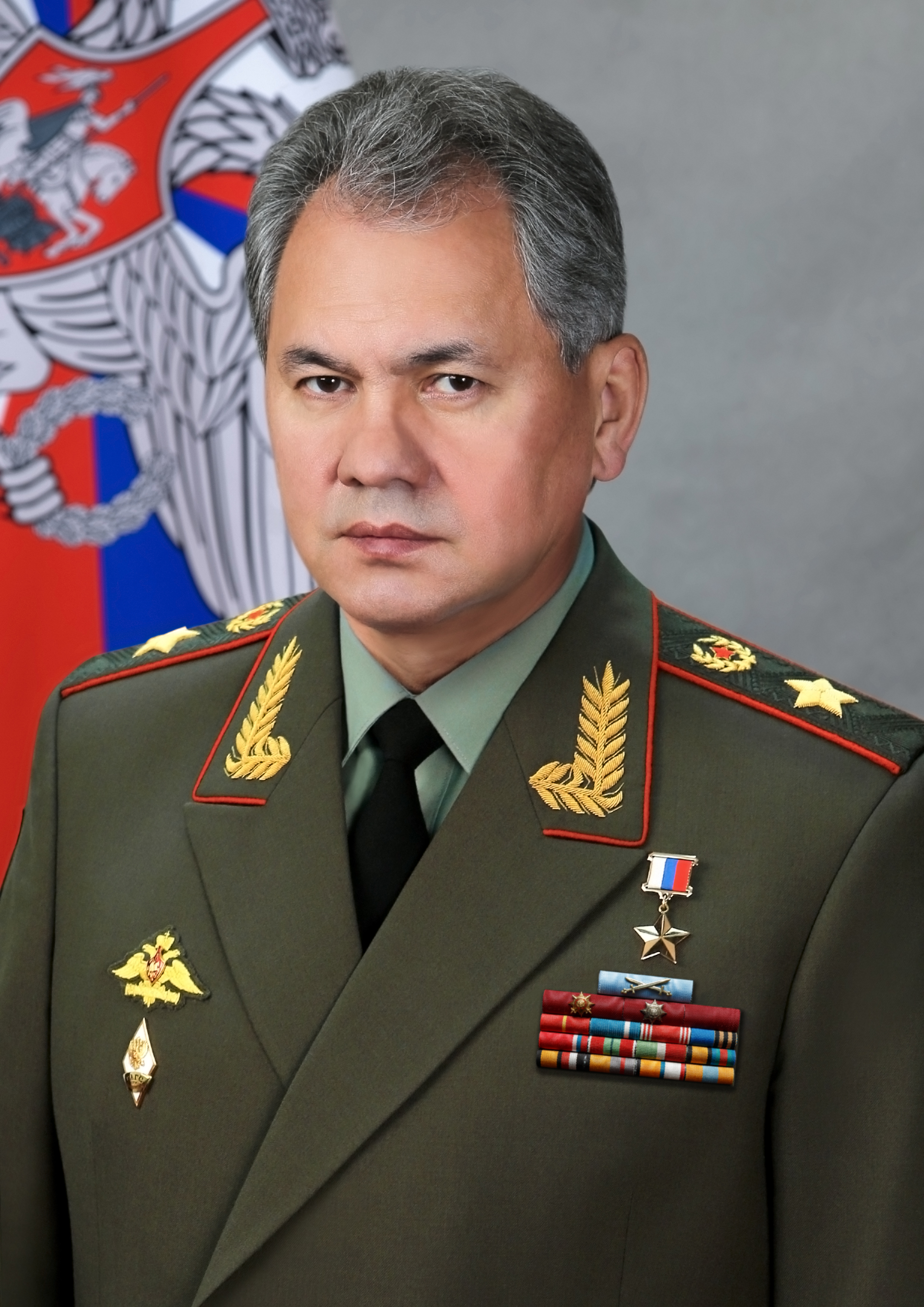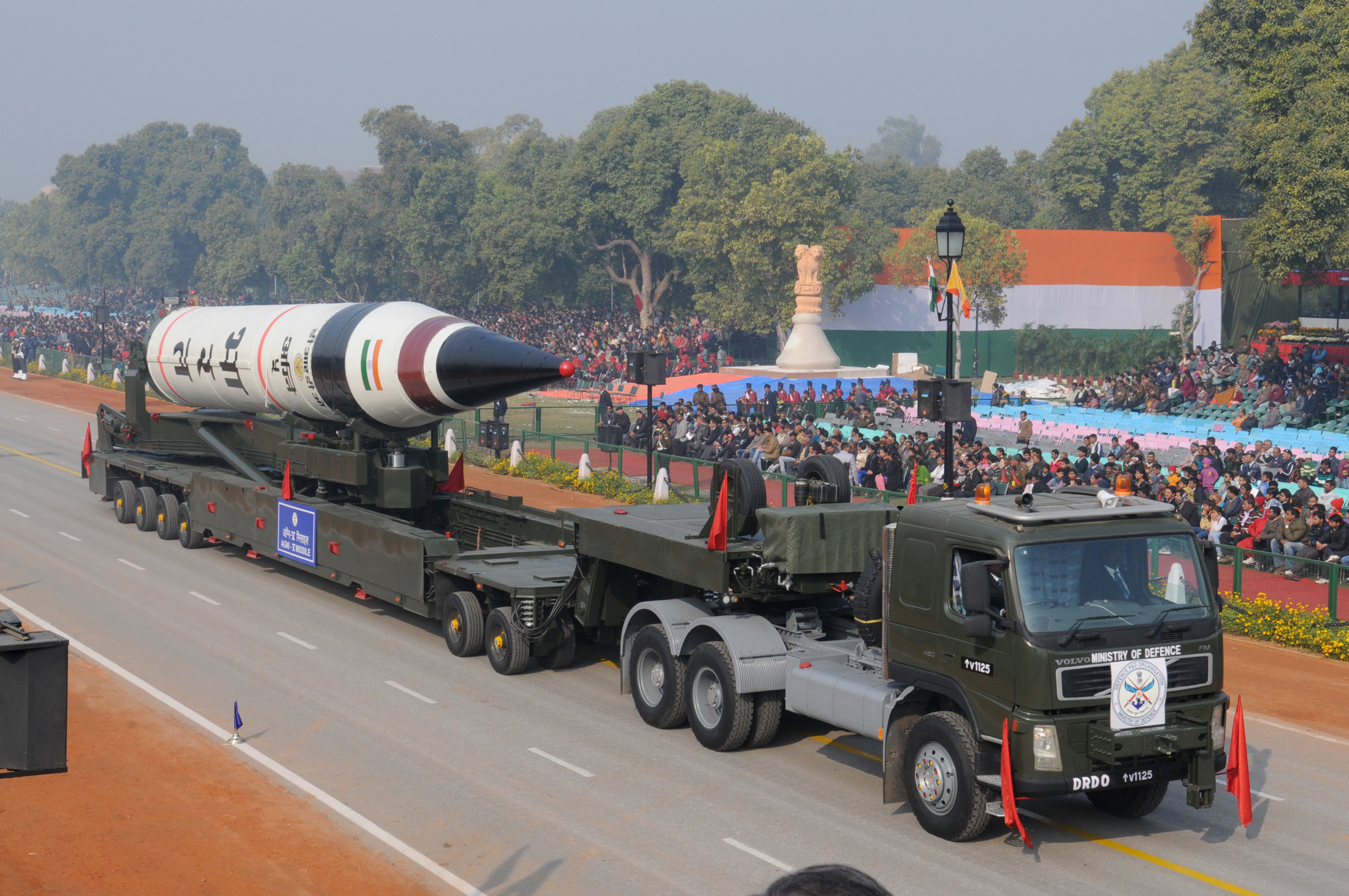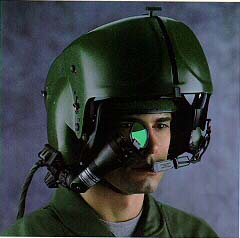|
Sukhoi Su-30 MKI
The Sukhoi Su-30MKI (NATO reporting name: Flanker-H) is a twinjet multirole air superiority fighter developed by Russia's Sukhoi and built under licence by India's Hindustan Aeronautics Limited (HAL) for the Indian Air Force (IAF). A variant of the Sukhoi Su-30, it is a heavy, all-weather, long-range fighter. Development of the variant started after India signed a deal with Russia in 2000 to manufacture 140 Su-30 fighter jets. The first Russian-made Su-30MKI variant was accepted into the Indian Air Force in 2002, while the first Su-30MKI assembled in India entered service with the IAF in 2004. The IAF has nearly 260 Su-30MKIs in inventory as of January 2020. The Su-30MKI is expected to form the backbone of the Indian Air Force's fighter fleet to 2020 and beyond.Pandit, Rajat"Russia conducts first test of fifth generation Sukhoi." ''The Times of India'', 30 January 2010. The aircraft is tailor-made for Indian specifications and integrates Indian systems and avionics as well as ... [...More Info...] [...Related Items...] OR: [Wikipedia] [Google] [Baidu] |
WikiProject Aircraft
A WikiProject, or Wikiproject, is a Wikimedia movement affinity group for contributors with shared goals. WikiProjects are prevalent within the largest wiki, Wikipedia, and exist to varying degrees within sister projects such as Wiktionary, Wikiquote, Wikidata, and Wikisource. They also exist in different languages, and translation of articles is a form of their collaboration. During the COVID-19 pandemic, CBS News noted the role of Wikipedia's WikiProject Medicine in maintaining the accuracy of articles related to the disease. Another WikiProject that has drawn attention is WikiProject Women Scientists, which was profiled by '' Smithsonian'' for its efforts to improve coverage of women scientists which the profile noted had "helped increase the number of female scientists on Wikipedia from around 1,600 to over 5,000". On Wikipedia Some Wikipedia WikiProjects are substantial enough to engage in cooperative activities with outside organizations relevant to the field at issue. For e ... [...More Info...] [...Related Items...] OR: [Wikipedia] [Google] [Baidu] |
Ministry Of Defence (Russia)
The Ministry of Defence of the Russian Federation (russian: Министерство обороны Российской Федерации, Минобороны России, informally abbreviated as МО, МО РФ or Minoboron) is the governing body of the Russian Armed Forces. The President of Russia is the Commander-in-Chief of the Armed Forces of the Russian Federation and directs the activity of the Ministry. The Defence Minister exercises day-to-day administrative and operational authority over the armed forces. The General Staff executes the president's and the defence minister's instructions and orders. The main building of the ministry, built in the 1940s, is located on Arbatskaya Square, near Arbat Street. Other buildings of the ministry are located throughout the city of Moscow. The supreme body responsible for the Ministry's management and supervision of the Armed Forces is The National Defense Management Center (Национальный центр управ ... [...More Info...] [...Related Items...] OR: [Wikipedia] [Google] [Baidu] |
Airborne Early Warning And Control
Airborne or Airborn may refer to: Arts, entertainment, and media Films * ''Airborne'' (1962 film), a 1962 American film directed by James Landis * ''Airborne'' (1993 film), a comedy–drama film * ''Airborne'' (1998 film), an action film starring Steve Guttenberg * ''Airborne'' (2012 film), a horror film Games * ''Airborne!'', a 1985 computer game by Silicon Beach Software * ''Airborne Ranger'', a 1987 computer game by Microprose * '' Asphalt 8: Airborne'', a 2013 video game * '' Medal of Honor: Airborne'', a 2007 video game Literature * ''Airborn'' (novel), a 2004 young adult novel by Kenneth Oppel *''Airborn'' (''Hijos del aire''), a poetry collection by Octavio Paz, English translation Charles Tomlinson 1981 Music Groups * Airbourne (band), an Australian hard rock band * The Airborne Toxic Event, an indie rock band Albums * ''Airborn'' (album) * ''Airborne'' (Curved Air album), 1976 * ''Airborne'' (Don Felder album) * ''Airborne'' (The Flying Burrito Brothers albu ... [...More Info...] [...Related Items...] OR: [Wikipedia] [Google] [Baidu] |
Novator K-100
The Novator KS-172 was a Russian air-to-air missile project designed as an " AWACS killer" at ranges up to 400 km. The missile had various names during its history, including K-100, Izdeliye 172 ('project 172'), AAM-L (RVV-L), KS–172, KS-1, 172S-1 and R-172. The airframe appears to have been derived from the 9K37 Buk surface-to-air missile (SAM) but development stalled in the mid-1990s for lack of funds. It appears to have restarted in 2004 after a deal with India, who wants to produce the missile in India for their Su-30MKI fighters. Nowadays the development is stopped and the project is closed. Development Modern airforces have become dependent on airborne radars typically carried by converted airliners and transport aircraft such as the E-3 Sentry and A-50 'Mainstay'. They also depend on similar aircraft for inflight refuelling (e.g. Vickers VC10), maritime patrol (e.g. CP-140 Aurora), reconnaissance and electronic warfare (e.g. Tu-16 'Badger' E & J) and C4ISTAR (e.g. ... [...More Info...] [...Related Items...] OR: [Wikipedia] [Google] [Baidu] |
Su-30 MKI Firing Brahmos-ER
The Sukhoi Su-1 or I-330 (russian: Сухой Су-1) was a prototype Soviet high-altitude fighter aircraft built at the beginning of World War II. An improved version, designated Su-3 (I-360), was also built and tested the following year. Neither version was mass-produced. Development In 1939, Sukhoi was tasked with designing a high-altitude fighter, the resulting Su-1 was a conventional monoplane with a streamlined wooden semi-monocoque fuselage, low-set all-metal wing made of duralumin and un-pressurized cockpit. The key feature of the aircraft was a pair of TK-2 turbochargers driven by exhaust gases from the Klimov M-105P engine. The prototype was completed at the Sukhoi plant in Kharkov in May 1940, flying for the first time, on 15 June 1940, with A.P. Chernyavsky at the controls. Testing continued until 3 August, when Chernavskii mistakenly landed with the landing gear retracted. After the completion of repairs in mid-September, testing resumed, but an in-flight engine fail ... [...More Info...] [...Related Items...] OR: [Wikipedia] [Google] [Baidu] |
Strategic Forces Command
The Strategic Forces Command (SFC), sometimes called Strategic Nuclear Command, forms part of India's Nuclear Command Authority (NCA). It is responsible for the management and administration of the country's tactical and strategic nuclear weapons stockpile. It was created on 4 January 2003 by the Vajpayee Government. Air Marshal Teja Mohan Asthana became its first commander-in-chief. Responsibility It is the responsibility of the Strategic Forces Command to operationalize the directives of the NCA under the leadership of a Commander-in-Chief who is a three-star rank officer. It will have the sole responsibility of initiating the process of delivering nuclear weapons and warheads, after acquiring explicit approval from the NCA. The exact selection of the target area shall be decided by the SFC through a calibrated, cumulative process involving various levels of decision-making, and with formal approval by the NCA. The SFC manages and administers all strategic forces by exer ... [...More Info...] [...Related Items...] OR: [Wikipedia] [Google] [Baidu] |
Cabinet Committee On Security
The Cabinet Committee on Security (CCS) of the Government of India discusses, debates and is the final decision-making body on senior appointments in the national security apparatus, defence policy and expenditure, and generally all matters of India's national security. Members The composition of the CCS is: * Prime Minister of India * Minister of Defence * Minister of Home Affairs * Minister of Finance * Minister of External Affairs The National Security Adviser, the Cabinet Secretary and the Defence Secretary have also been attendees of the CCS meetings. Other Cabinet committees Other senior Cabinet Committees (as of 2020) include: * Appointments Committee of the Cabinet - chaired by the Prime Minister of India * Cabinet Committee on Accommodation - chaired by the Home Minister of India * Cabinet Committee of Economic Affairs - chaired by the Prime Minister of India * Cabinet Committee of Parliamentary Affairs - chaired by the Home Minister of India * Cabinet Committe ... [...More Info...] [...Related Items...] OR: [Wikipedia] [Google] [Baidu] |
Helmet Mounted Display
A helmet-mounted display (HMD) is a device used in aircraft to project information to the pilot's eyes. Its scope is similar to that of head-up displays (HUD) on an aircrew's visor or reticle. An HMD provides the pilot with situation awareness, an enhanced image of the scene, and in military applications cue weapons systems, to the direction their head is pointing. Applications which allow cuing of weapon systems are referred to as helmet-mounted sight and display (HMSD) or helmet-mounted sights (HMS). Requirement Aviation HMD designs serve these purposes: * using the head angle as a pointer to direct air-to-air and air-to-ground weapons seekers or other sensors (e.g., radar, FLIR) to a target merely by pointing his head at the target and actuating a switch via HOTAS controls. In close combat prior to HMDs, the pilot had to align the aircraft to shoot at a target. HMDs allow the pilot to simply point his head at a target, designate it to weapon and shoot. * displaying targeti ... [...More Info...] [...Related Items...] OR: [Wikipedia] [Google] [Baidu] |
Avionics
Avionics (a blend word, blend of ''aviation'' and ''electronics'') are the Electronics, electronic systems used on aircraft. Avionic systems include communications, Air navigation, navigation, the display and management of multiple systems, and the hundreds of systems that are fitted to aircraft to perform individual functions. These can be as simple as a searchlight for a police helicopter or as complicated as the tactical system for an airborne early warning platform. History The term "avionics" was coined in 1949 by Philip J. Klass, senior editor at ''Aviation Week & Space Technology'' magazine as a portmanteau of "aviation electronics". Radio communication was first used in aircraft just prior to World War I. The first Airborne radio relay, airborne radios were in zeppelins, but the military sparked development of light radio sets that could be carried by heavier-than-air craft, so that aerial reconnaissance biplanes could report their observations immediately in case ... [...More Info...] [...Related Items...] OR: [Wikipedia] [Google] [Baidu] |
Multi-Function Display
A multifunction display (MFD) is a small-screen ( CRT or LCD) surrounded by multiple soft keys (configurable buttons) that can be used to display information to the user in numerous configurable ways. MFDs originated in aviation, first in military aircraft, and later were adopted by commercial aircraft, general aviation, automotive use, and shipboard use. MFDs in aviation Often, an MFD will be used in concert with a primary flight display (PFD), and forms a component of a glass cockpit. MFDs are part of the digital era of modern planes or helicopter. The first MFDs were introduced by air forces in the late 1960s and early 1970s; an early example is the F-111D (first ordered in 1967, delivered from 1970–73). The advantage of an MFD over analog display is that an MFD does not consume much space in the cockpit, as data can be presented in multiple pages, rather than always being present at once. For example, the cockpit of RAH-66 "Comanche" does not have analog dials or gau ... [...More Info...] [...Related Items...] OR: [Wikipedia] [Google] [Baidu] |
SU-30 MKI Lajes
The Sukhoi Su-1 or I-330 (russian: Сухой Су-1) was a prototype Soviet high-altitude fighter aircraft built at the beginning of World War II. An improved version, designated Su-3 (I-360), was also built and tested the following year. Neither version was mass-produced. Development In 1939, Sukhoi was tasked with designing a high-altitude fighter, the resulting Su-1 was a conventional monoplane with a streamlined wooden semi-monocoque fuselage, low-set all-metal wing made of duralumin and un-pressurized cockpit. The key feature of the aircraft was a pair of TK-2 turbochargers driven by exhaust gases from the Klimov M-105P engine. The prototype was completed at the Sukhoi plant in Kharkov in May 1940, flying for the first time, on 15 June 1940, with A.P. Chernyavsky at the controls. Testing continued until 3 August, when Chernavskii mistakenly landed with the landing gear retracted. After the completion of repairs in mid-September, testing resumed, but an in-flight engine fail ... [...More Info...] [...Related Items...] OR: [Wikipedia] [Google] [Baidu] |

_missile.jpg)

